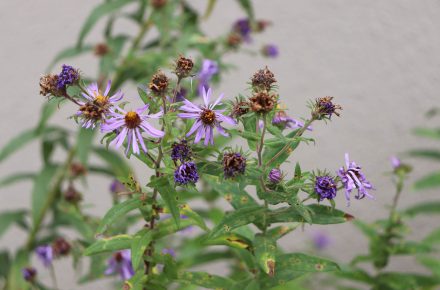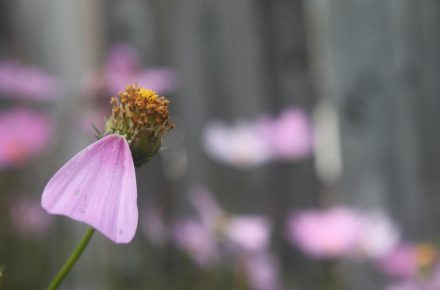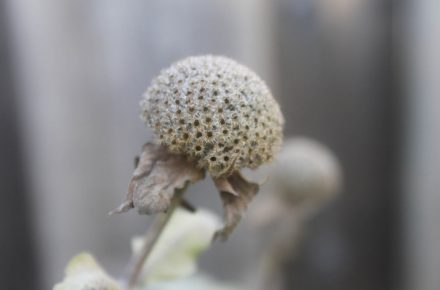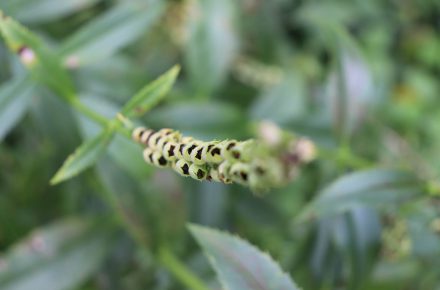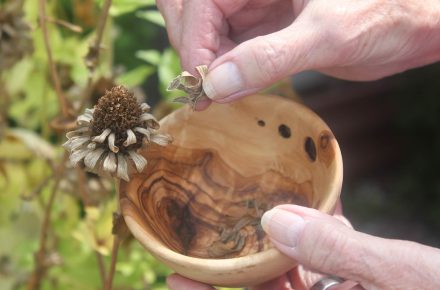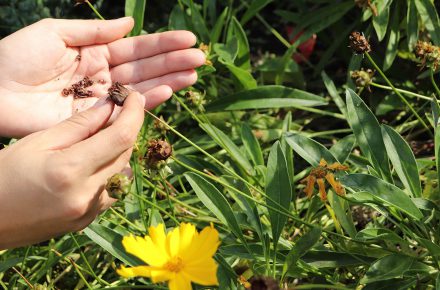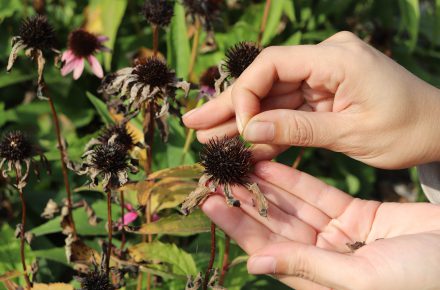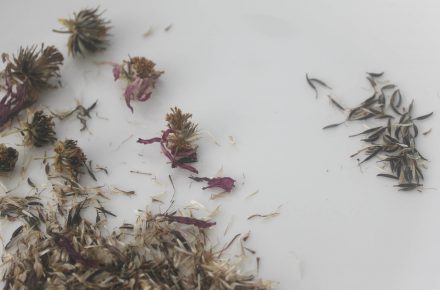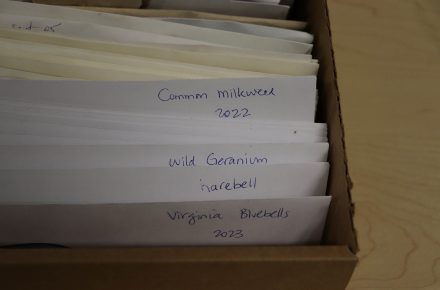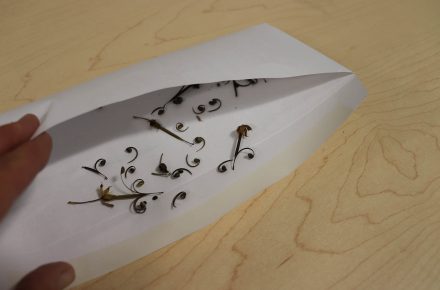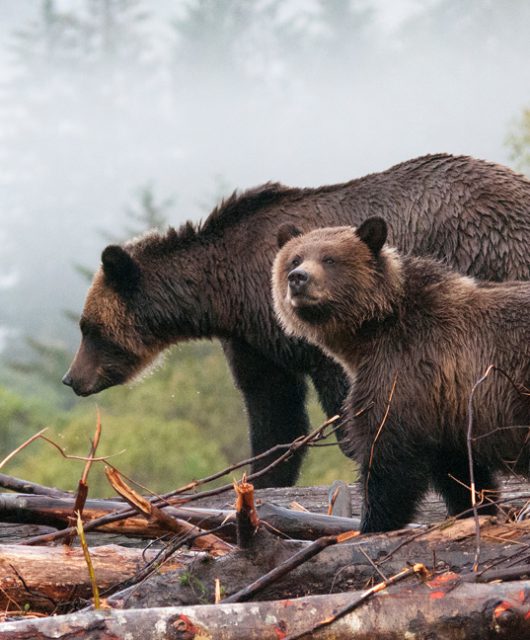One of the pleasures I had in raising my daughter was our time in the garden – smelling flowers, greeting bees and snacking on the wild strawberries that were like treasures tucked under their leaves.
Plants provided lovely sights and delicious flavours but also useful medicine, with thyme tea easing a cold and calendula petals or plantain leaves infused in oil for scrapes. To ensure we always had the plants we wanted, I would collect many of their seeds to plant that autumn or the following year.
While perennials like our native coreopsis and beneficial non-natives like lavender come back on their own, sometimes I collect their seeds in case I need them in the future or to grow additional plants elsewhere in the garden. But it is more often the seeds of beneficial* annuals and herbs that I collect. In fact, the organic heirloom-type zinnias, calendula and tomatoes I grow today are from the same line of plants that my family and I grew 20 years ago!
If you have children in your life, keep in mind that kids can be a great help collecting seeds. In doing so, they will also be out in nature, noticing and discovering more about plants and their connection to them.
*Plants are beneficial, versus harmful or simply ornamental, when the seeds were produced organically (or at least without neonicotinoids) and we keep them safe by not spraying them ourselves. Plants can also be invasive as well as over-cultivated to the point that it no longer provides food. Read here for more info on choosing beneficial plants for your garden.
This sort of small-scale seed collecting is easier than most people think. Here are some tips that can help you along!
- Spotting ripening seeds to keep an eye on: When you see the flowerheads drooping or losing their petals, that’s a sure sign they have been pollinated and are on their way to forming seeds. After a time the seeds or seed pods that form will become visible and usually take on a dark colour like brown or black. When they are this dark colour and are dry, you know that it’s time to get ready to harvest seeds. Some, like cosmos and coreopsis, will have petals that fall away. Others, like zinnias and echinacea, have heads that keep their petals and the whole thing turns brown.
- Timing your collection: It’s always best to gather seeds when they are dry so avoid harvesting after a rainfall or in the morning, if there is a thick dew. Seeds should typically come away easily.
- Collecting: You can rub seed heads with your fingers and let the seeds drop into your hand, a bowl or bag. Alternatively, you can snip the seed head and catch that in a container. When you are ready, you can then separate the seeds from other bits. Compost or return to the garden the bits you don’t need, so they go back to nature rather than ending up in the garbage!
Sometimes, as with wild columbines, you need to tip the seed head upside down for the tiny round seeds to fall out (watch out – they can roll away very easily!). Some, as with our native Jewelweed (a great plant for treating poison ivy if you treat it right away), have seed pods that spring open in a spiral, causing their seeds to fly in all directions. They are fun for kids but for these plants you’ll need to have your hand tightly enclose the pod to catch the seeds. Jewelweed is a bit of an exception in that its seed pods and seeds are a bright green, but don’t worry, they are still ready to harvest if the pod springs open.
- Sharing: Take what you need, share with friends and neighbours…and your local birds! Species like American Goldfinches and Black-capped Chickadees may come to feed on the plant. Others, like juncos and native sparrows, may follow along and eat any seeds on the ground.
- Storing: If you collected the entire seed head you may wish to separate the seeds so there is less to store in your envelope, taking up less space in your drawer or box. Store in a dry cool place and in an envelope (or paper bag). You can use a glass or plastic container but be 100 per cent sure that the seeds are totally dry to prevent any moisture from spoiling seeds. Mark the envelope with the name of the plant, the year and where they came from, if you have different places to harvest from, like a friend’s garden.
NOTE: this is for plants in your own garden. If you are considering harvesting from wild areas then there are points to adhere to such as checking first to know if the plant is at risk in which case you must not take any. Even if the plant is not at risk and it is a large patch, one should only take a very small portion of the seeds produced, taking care to not trample down the area if you have a large group etc. This is also for plants that form dry seeds and pods rather than fleshy fruit like tomatoes and berries.

